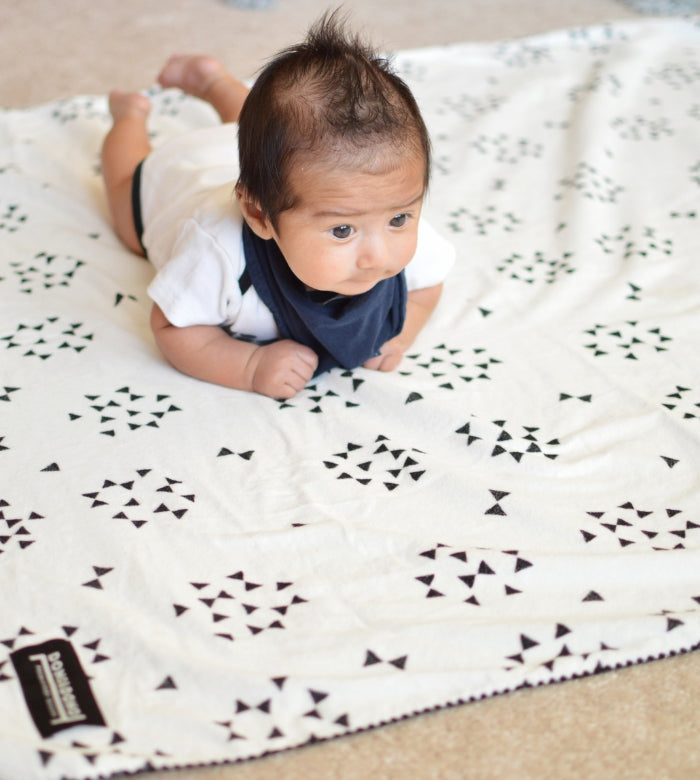Does Your Child Hate Crafts? Try These Tips
Are you discovering that your child doesn’t enjoy craft time? Not all children do, and that’s okay! However, this can become frustrating for parents who want their children to work on something indoors, stay busy during bad weather, create meaningful gifts for loved ones for the holidays, or build fine motor skills. If your child constantly walks away from craft time, there are some things you can try to keep them engaged. Keep reading for our favorite craft tips, including how creating a sensory experience can make all the difference.
Why Does My Child Dislike Crafts?
Wondering why all your children’s friends will happily do crafts, color, or paint for long periods of time, and yours won’t give it the time of day? It’s simple: They just don’t want to! Some children simply do not enjoy craft time, and that’s okay. Luckily, there are things you can do to make it more enjoyable for them and find something they enjoy, so they can still reap all the amazing benefits of craft time.
Arts and crafts provide a fun and interactive way for children to practice things like their fine motor skills and their problem-solving capabilities. For instance, before learning how to use more advanced tools like screwdrivers and hammers, many kids discover their love for building and design through simple playdough projects.

Art activities can help children develop many important life skills, including:
- Creativity and Imagination
- Self-Expression
- Confidence and Independence
- Fine Motor Skills
- Problem Solving
- Hand-Eye Coordination
- Social Skills
- Critical Thinking
[source: https://www.cmosc.org/benefits-of-art-during-early-childhood/ ]
It’s all about finding the right crafts that are developmentally appropriate for them that tap into their interests, skill level, and creativity. Some of our favorite tips include working together, adjusting expectations, and turning craft time into sensory exploration.
Try This: Working Together
For some children, craft time can seem overwhelming. While many kids get excited looking at a pile of craft supplies, paint colors, and a blank canvas, others can feel intimidated. One of the best ways to overcome this is by working together and showing your child how to use their crafts.
| Shop together. | Go to the craft store together and have your child help you pick out some supplies. Get a mix of various materials, such as finger paint, regular paint with brushes, washable markers, different canvas sizes, different types of paper, crayons, glue, feathers, googly eyes, and so on. |
| Talk about everything. | Once you’re home and ready to craft, show everything to your child and explain how to use it. Ask them which one they want to use first, and take things slow. |
| Create together. | Work on your own canvas and allow your child to see how you’re using everything. Encourage your child to start on their own project, and remind them that there are no rules during craft time! Once they get a little bit of confidence, they may start enjoying craft time more and more. |
Try This: Adjust Your Expectations
Remember: Comparison is the thief of joy! Do you see your child’s craft work compared to others? Perhaps some of your child’s classmates are coloring perfectly within the lines, taking their time to make it look good, and putting in a lot of effort…and then your child’s work looks like some scribbles that were done as quickly as possible.
For children who do not enjoy crafts or coloring, this is totally normal! Part of reframing craft time is adjusting expectations for both you and your child.
While they may not enjoy craft time, they may love something else even more, such as sports, imaginative play, or playing on the playground. Some kids are simply more active than others, so adjusting your expectations and reminding yourself not to compare your child to others is very important.
Here are some tips, according to PBS:
| Discover what your child likes and dislikes. | Be creative and swap out materials that your child doesn’t enjoy. Have headphones ready for possible overstimulation. |
| Figure out how much time your child needs to accomplish tasks. | Break the activity into steps and focus on one or two steps at a time. Extend the length of time for the activity if you need to. |
| Finding ways to communicate effectively with your child. | If your child relies on visuals, use photos or graphics as a guide to point out what to do. |
Try This: Sensory Exploration
If you want to get your child more excited about craft time, reframe it into sensory exploration!
Here are some tips:
| Use different materials. | Rather than a paintbrush, try using our Spike Pencil Gripper and Topper to paint with! It offers super sensory fun, easy clean-up, and a way different experience than using a paintbrush or fingers. |
| Incorporate bubbles. | Bubble art can be a great way to get kids creating awesome stuff! Tape a large piece of paper on the wall or set up a large canvas, drop a few drops of paint in their bubble tray and mix with solution, then let them dip, twirl, and blow their Spike Bubble Blower onto the paper! |
| Create sensory toys. | You can create your own sensory toys at home that your child can play with after they are done. For many children, craft time can seem “useless” because there is no major reward at the end. However, creating their own Play-Doh, sensory bottles, sensory bins, slime, or DIY rainstick will get them creating and playing afterward! |
Want more fun parenting ideas and great products for the whole family? Visit us at Innobaby.com!





